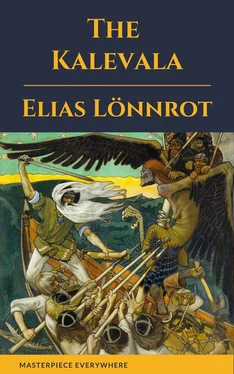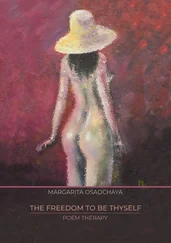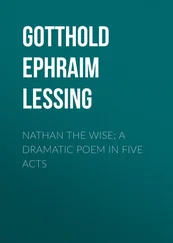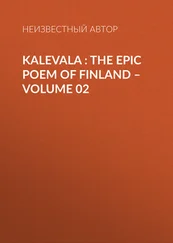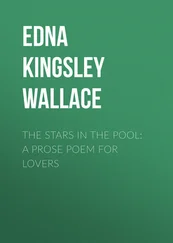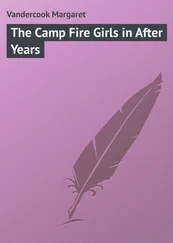The next to study the Finnish poetry and language was Daniel Juslenius, a celebrated bishop, and a highly-gifted scholar. In a dissertation, published as early as 1700, entitled, Aboa vetus et nova , he discussed the origin and nature of the Finnish language; and in another work of his, printed in 1745, he treated of Finnish incantations, displaying withal a thorough understanding of the Finnish folk-lore, and of the importance of the Finnish language and national poetry. With great care he began to collect the songs of Suomi, but this precious collection was unfortunately burned.
Porthan, a Finnish scholar of great attainments, born in 1766, continuing the work of Juslenius, accumulated a great number of national songs and poems, and by his profound enthusiasm for the promotion of Finnish literature, succeeded in founding the Society of the Fennophils, which to the present day, forms the literary centre of Finland. Among his pupils were E. Lenquist, and Chr. Ganander, whose, works on Finnish mythology are among the references used in preparing this preface. These indefatigable scholars were joined by Reinhold Becker and others, who were industriously searching for more and more fragments of what evidently was a great epic of the Finns. For certainly neither of the scholars just mentioned, nor earlier investigators, could fail to see that the runes they collected, gathered round two or three chief heroes, but more especially around the central figure of Wainamoinen, the hero of the following epic.
The Kalevala proper was collected by two great Finnish scholars, Zacharias Topelius and Elias Lönnrot. Both were practicing physicians, and in this capacity came into frequent contact with the people of Finland. Topelius, who collected eighty epical fragments of the Kalevala , spent the last eleven years of his life in bed, afflicted with a fatal disease. But this sad and trying circumstance did not dampen his enthusiasm. His manner of collecting these songs was as follows: Knowing that the Finns of Russia preserved most of the national poetry, and that they came annually to Finland proper, which at that time did not belong to Russia, he invited these itinerant Finnish merchants to his bedside, and induced them to sing their heroic poems, which he copied as they were uttered. And, when he heard of a renowned Finnish singer, or minstrel, he did all in his power to bring the song-man to his house, in order that he might gather new fragments of the national epic. Thus the first glory of collecting the fragments of the Kalevala and of rescuing it from literary oblivion, belongs to Topelius. In 1822 he published his first collections, and in 1831, his last.
Elias Lönnrot, who brought the whole work to a glorious completion, was born April 9, 1802. He entered the University of Abo in 1822, and in 1832, received the degree of Doctor of Medicine from the University of Helsingfors. After the death of Castrén in 1853, Lönnrot was appointed professor of the Suomi (Finnish) language and literature in the University, where he remained until 1862, at which time he withdrew from his academical activity and devoted himself exclusively to the study of his native language, and its epical productions. Dr. Lönnrot had already published a scholarly treatise, in 1827, on the chief hero of the Kalevala , before he went to Sava and Karjala to glean the songs and parts of songs front the lips of the people. This work was entitled: De Wainainoine priscorum Fennorum numine . In the year 1828, he travelled as far as Kajan, collecting poems and songs of the Finnish people, sitting by the fireside of the aged, rowing on the lakes with the fishermen, and following the flocks with the shepherds. In 1829 he published at Helsingfors a work under the following title: Kantele taikka Suomee Kansan sek vazhoja että nykysempia Runoja ja Lauluja (Lyre, or Old and New Songs and Lays of the Finnish Nation). In another work edited in 1832, written in Swedish, entitled: Om Finnarues Magiska Medicin (On the Magic Medicine of the Finns), he dwells on the incantations so frequent in Finnish poetry, notably in the Kalevala . A few years later he travelled in the province of Archangel, and so ingratiated himself into the hearts of the simple-minded people that they most willingly aided him in collecting these songs. These journeys were made through wild fens, forests, marshes, and ice-plains, on horseback, in sledges drawn by the reindeer, in canoes, or in some other forms of primitive conveyance. The enthusiastic physician described his journeyings and difficulties faithfully in a paper published at Helsingfors in Swedish in 1834. He had the peculiar good luck to meet an old peasant, one of the oldest of the runolainen in the Russian province of Wuokiniem, who was by far the most renowned minstrel of the country, and with whose closely impending death, numerous very precious runes would have been irrevocably lost.
The happy result of his travels throughout Finland, Dr. Lönnrot now commenced to arrange under the central idea of a great epic, called Kalevala , and in February, 1835, the manuscript was transmitted to the Finnish Literary Society, which had it published in two parts. Lönnrot, however, did not stop here; he went on searching and collecting, and, in 1840, had brought together more than one thousand fragments of epical poetry, national ballads, and proverbs. These he published in two works, respectively entitled, Kanteletar (Lyre-charm), and The Proverbs of the Suomi People , the latter containing over 1700 proverbs, adages, gnomic sentences, and songs.
His example was followed by many of his enthusiastic countrymen, the more prominent of whom are Castrén, Europæus, Polén and Reniholm. Through the collections of these scholars so many additional parts of the epical treasure of Finland were made public that a new edition of the Kalevala soon became an imperative necessity. The task of sifting, arranging, and organizing the extensive material, was again allotted to Dr. Lönnrot, and in his second editions of the Kalevala , which appeared in 1849, the epic, embracing fifty runes and 22,793 lines, had reached its mature form. The Kalevala was no sooner published than it attracted the attention of the leading scholars of Europe. Men of such world-wide fame as Jacob Grimm, Steinthal, Uhland, Carrière and Max Müller hastened to acknowledge its surpassing value and intrinsic beauty. Jacob Grimm, in a separate treatise, published in his Kleinere Schriften , said that the genuineness and extraordinary value of the Kalevala is easily proved by the fact that from its mythological ideas we can frequently interpret the mythological conceptions of the ancient Germans, whereas the poems of Ossian manifest their modern origin by their inability to clear up questions of old Saxon or German mythology. Grimm, furthermore, shows that both the Gothic and Icelandic literatures display unmistakable features of Finnish influence.
Max Müller places the Kalevala on a level with the greatest epics of the world. These are his words:
"From the mouths of the aged an epic poem has been collected equalling the Iliad in length and completeness; nay, if we can forget for a moment. all that we in our youth learned to call beautiful, not less beautiful. A Finn is not a Greek, and Wainamoinen was not a Homer [Achilles?]; but if the poet may take his colors from that nature by which he is surrounded, if he may depict the men with whom he lives, the Kalevala possesses merits not dissimilar from those of the Illiad , and will claim its place as the fifth national epic of the world, side by side with the Ionian Songs , with the Mahabharata , the Shalinameth , and the Nibelunge ."
Читать дальше
